Who jammed the plane of European Commission President Ursula von der Leyen?
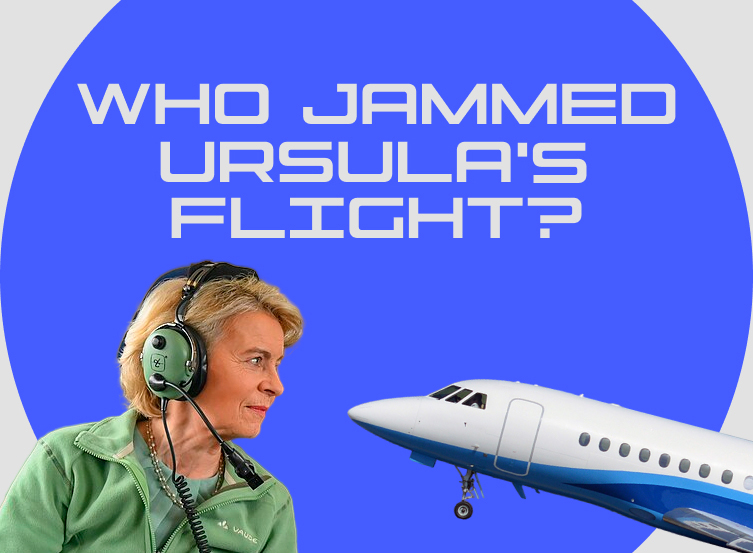
On September 1, major media outlets reported that Russian electronic warfare (EW) systems allegedly jammed the radars of European Commission President Ursula von der Leyen’s plane during her flight from Warsaw to Plovdiv. Allegedly, because of this, the crew had to circle over the Bulgarian airport for about an hour and “land using paper maps”.
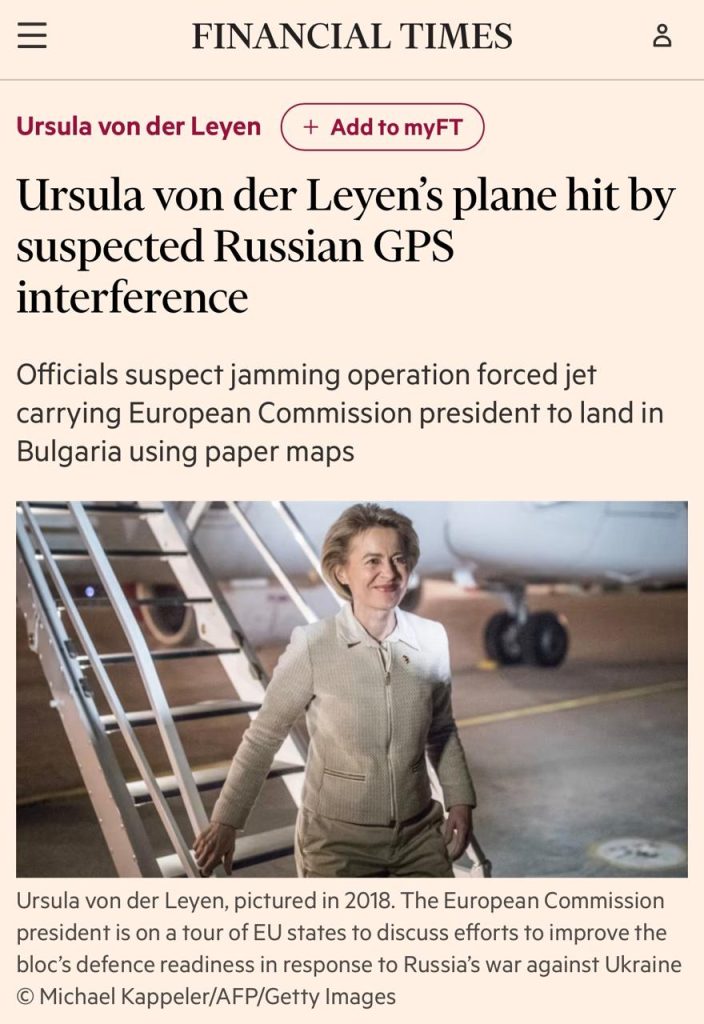
However, in order to make such statements, it is necessary to understand how electronic warfare systems work and which systems help aircraft land even when GPS is not functioning. This will form the basis of our investigation.
The head of the European Commission flew from Warsaw to Plovdiv on August, 31 on a Dassault Falcon 900LX aircraft. To determine on which plane Ursula flew in. It is relatively easy: on official video you can see its registration number, which is OO-GPE. Exactly same aircraft livery on the photo where Ursula is exiting the plane confirms that it is indeed the same one.
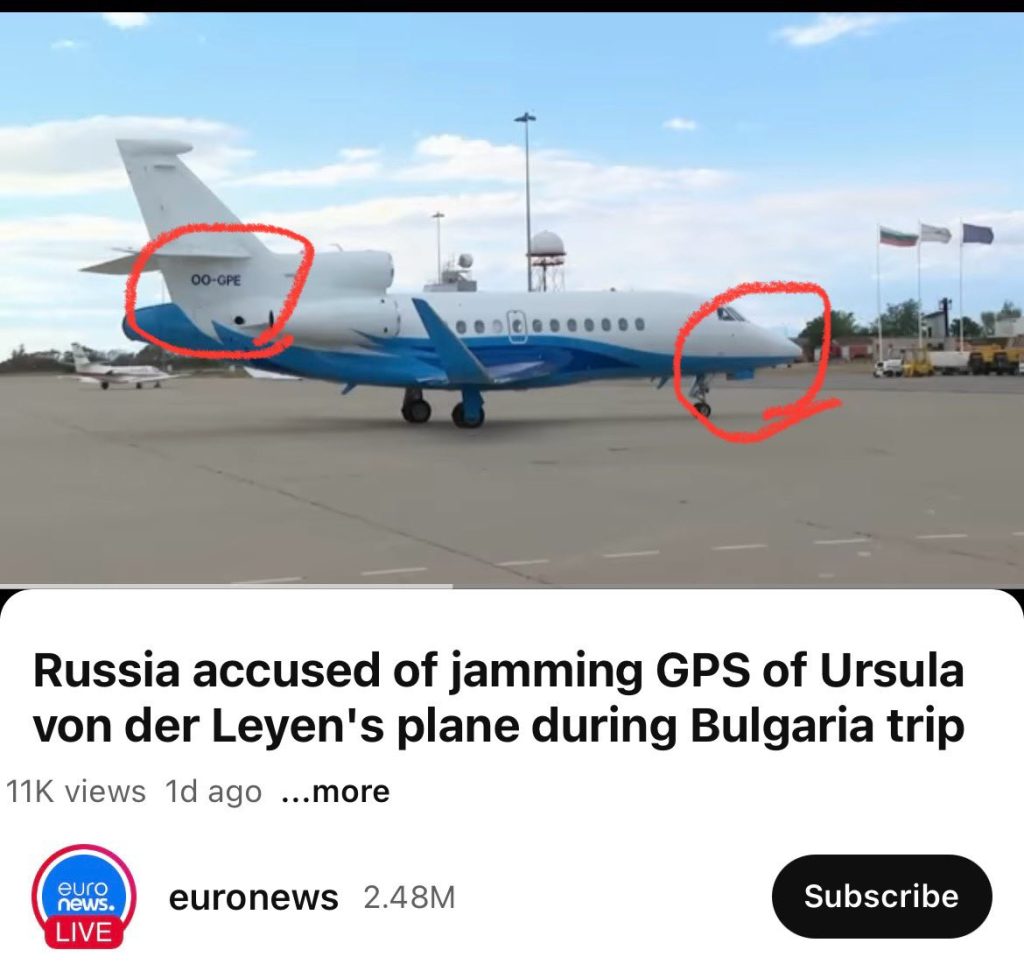

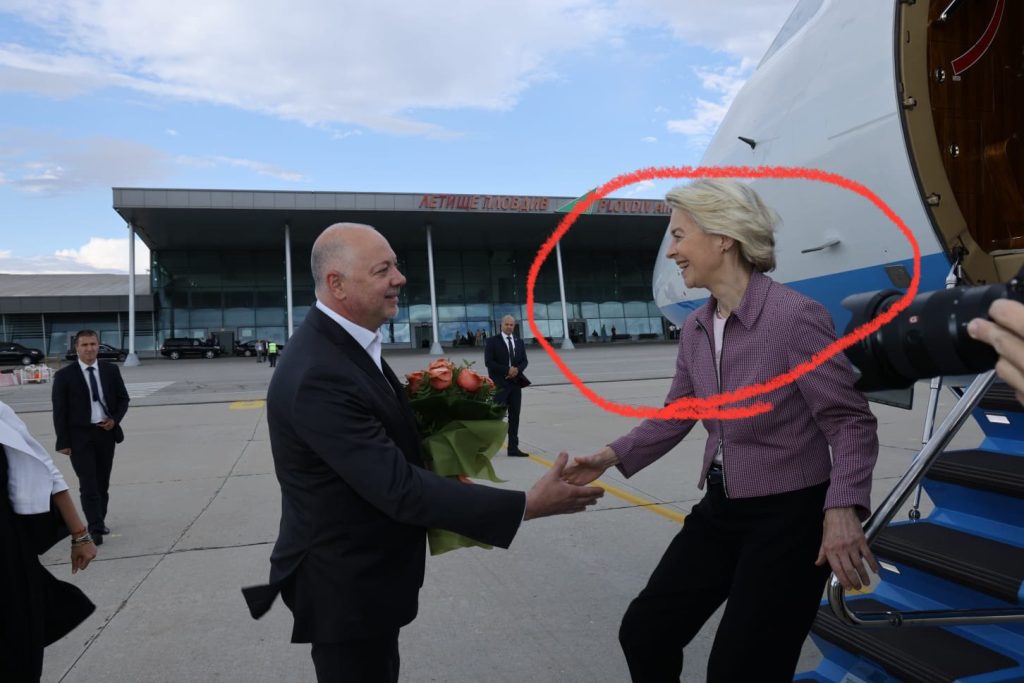
Analysis of airport data shows that the President of the European Commission flew on board AAB53G — there were no other flights to Plovdiv Airport that day. In addition, the AAB53G aircraft also had the same departure point as von der Leyen’s aircraft. But how it landed? Did it really encircle Bulgaria skies for hours trying to deal with jamming?
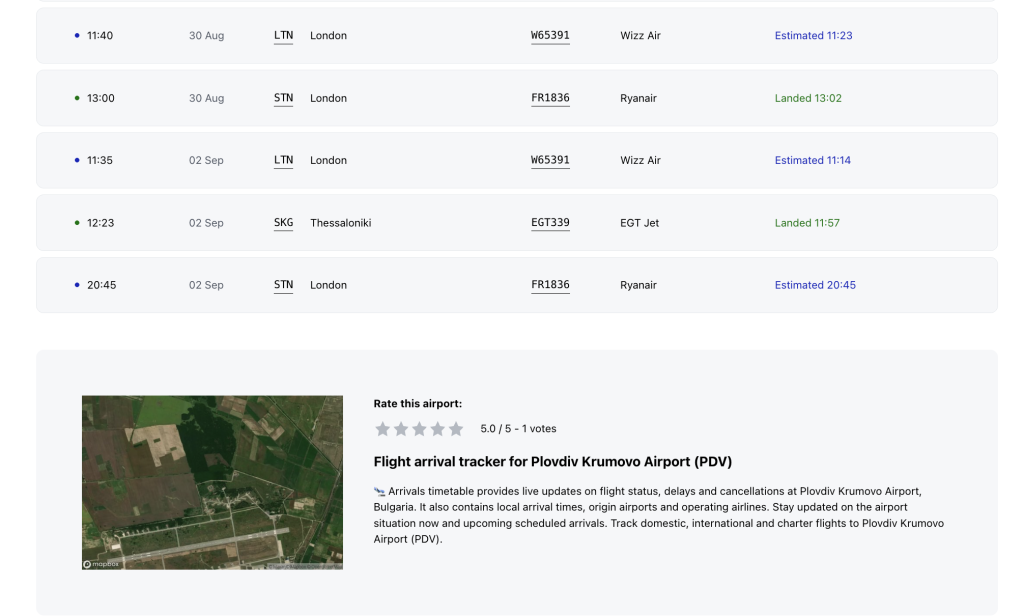
Navigation
According to Flightradar24 data, the aircraft had no navigation problems. The airliner’s transponder displayed its identification code, altitude, and speed throughout the flight.
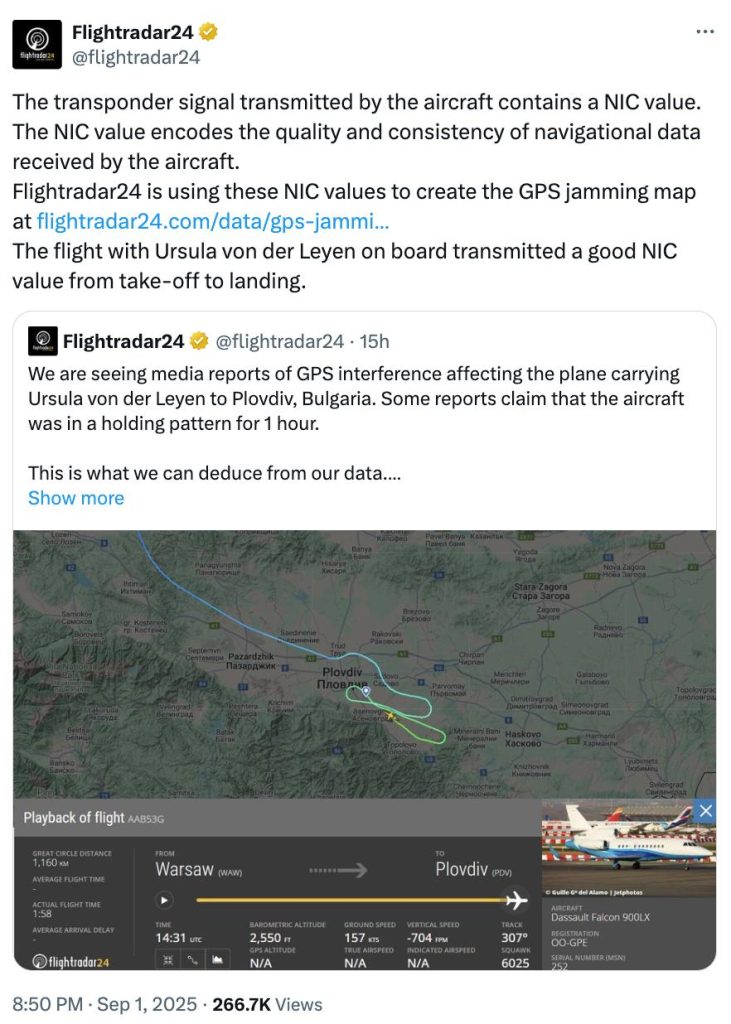
Analysis of flight data shows that the aircraft performed a normal approach. It followed the standard landing pattern with two 180-degree turns during descent.
The graph also shows no small climb (gain in altitude) characteristic of abnormal situations. If we superimpose this trajectory on the official approach patterns for this airport, we can see that they are almost identical.
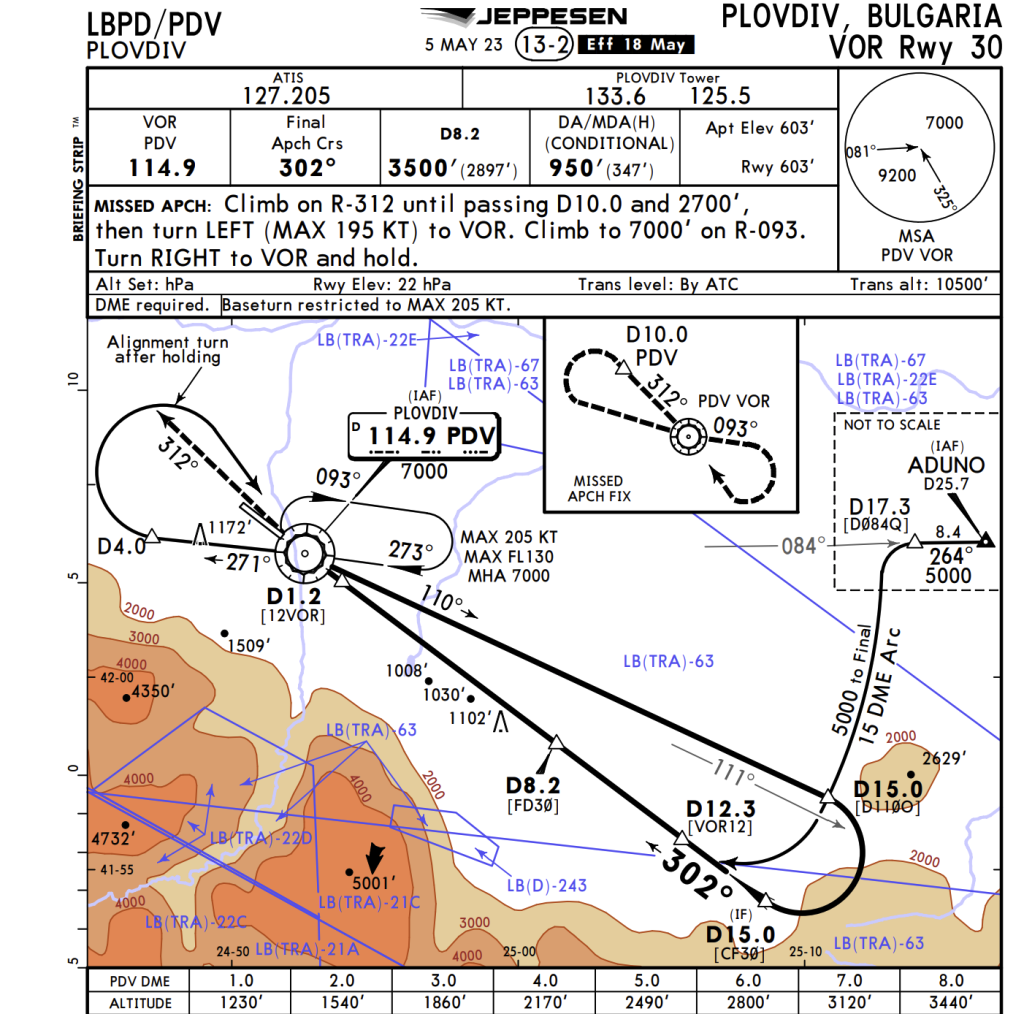
The distance from Crimea (where the GPS signal of von der Leyen’s plane was allegedly jammed) to Bulgaria is more than 700 km. A powerful radio transmitter would be required to jam GNSS (GPS) signals from Crimea to Bulgaria. And it could easily be detected by satellite and aircraft radars. There has been no confirmation of this.
However, there are indeed problems with GNSS (GPS) signal jamming near Crimea. But this did not affect the flight in question in any way.
In addition, the EС leader’s plane is equipped with a primary inertial navigation system (INS) that operates without GNSS, albeit with less accuracy, while GNSS is used for correction. It is also equipped with the FalconEye system, an all-weather optical system for improved visibility during landing.

Ground-based systems or ILS instrument landing systems are also used for landing, not just satellites. ILS plays a key role in landing: it sends out a radio beam that literally guides the aircraft onto the runway. And the pilot never relies solely on GNSS. A full-fledged ground-based navigation system still exists as a backup system.
Time
The only deviation from the norm was the flight time — it lasted 1 hour and 57 minutes instead of the planned 1 hour and 48 minutes.
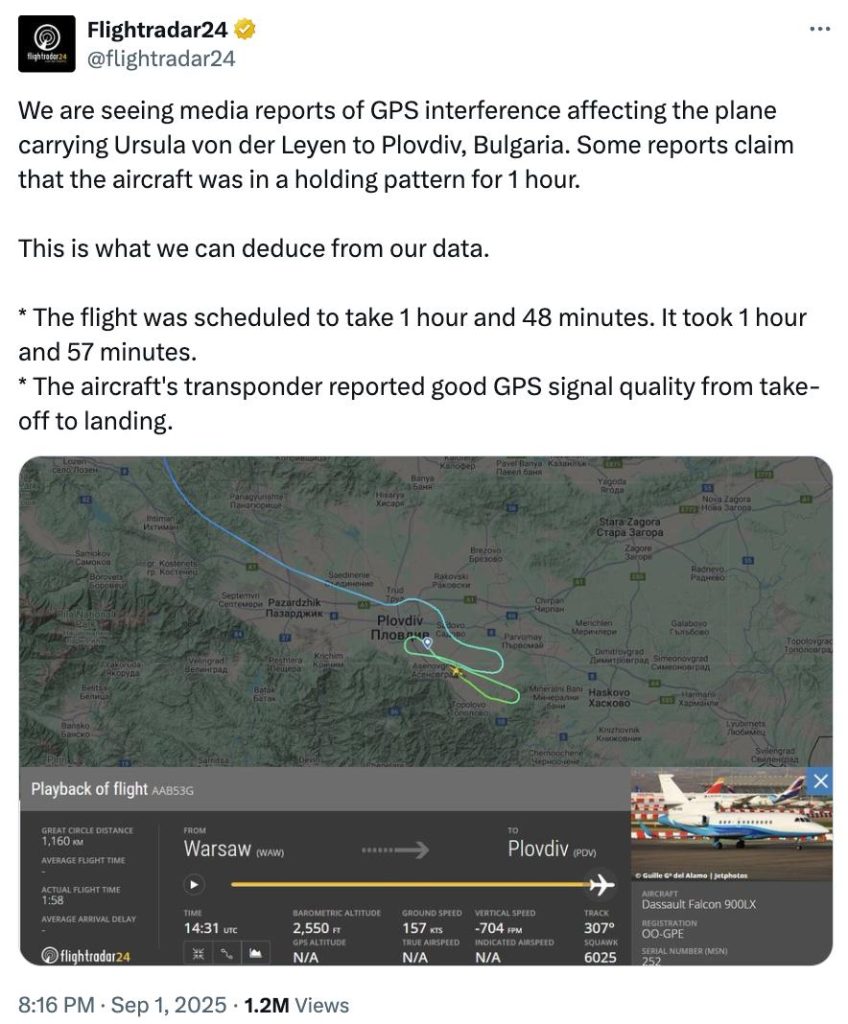
However, such a deviation is quite normal. A similar delay, for example, may occur due to a change in wind direction and landing from the other side of the runway.
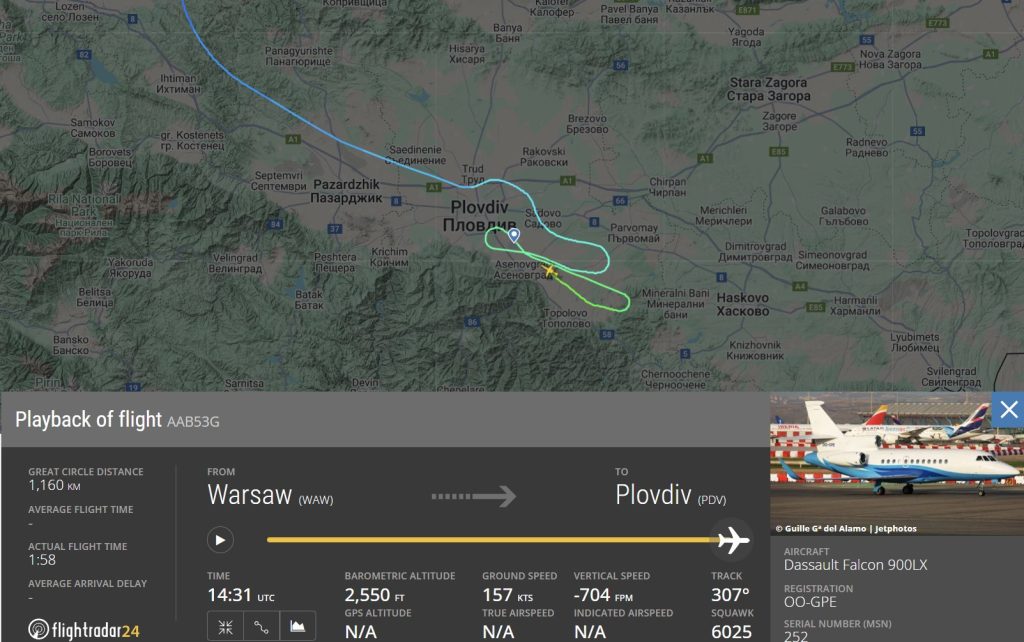
Interestingly, articles accusing Russia of involvement in this incident claim that the EC received information about the “incident” from the Bulgarian authorities.
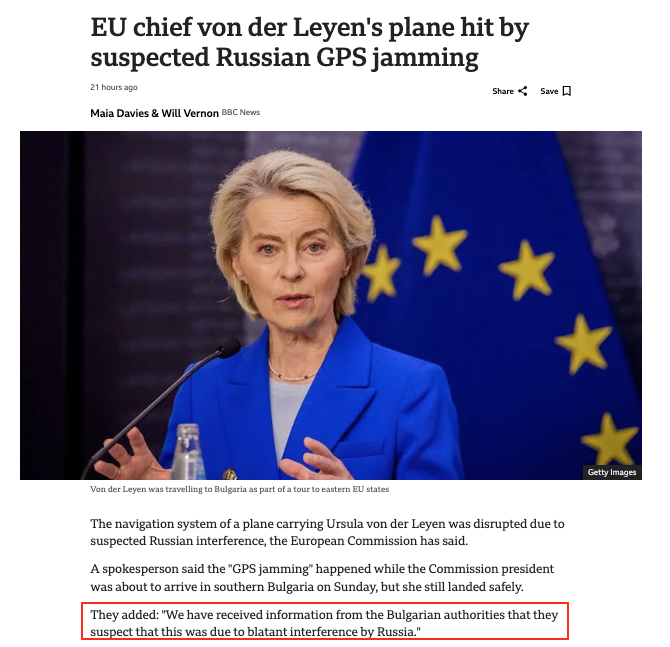
However, Bulgarian Prime Minister Rosen Zhelyazkov denied this information, stating that the alleged “interference was not the result of hybrid or cyber threats, and was not directed at a specific aviation facility.”
Maps
As for paper maps, the aircraft also has digital navigation maps in case all auxiliary navigation systems fail. Paper maps are only used in extreme cases.
Conclusions
Despite the headlines about “Russian interference”, the key fact is that Ursula von der Leyen’s plane landed safely. Claims of a targeted attack by Russian electronic warfare systems are exaggerated.
© Article cover photo credit: Dati Bendo / European Union, 2025 / EC – Audiovisual Service | Anna Zvereva/CC BY-SA 2.0